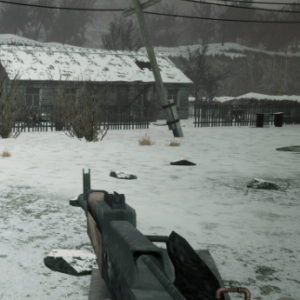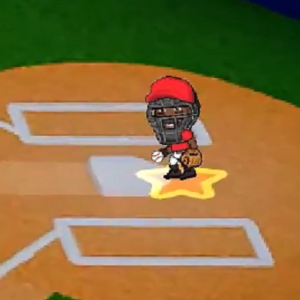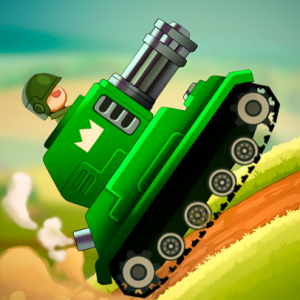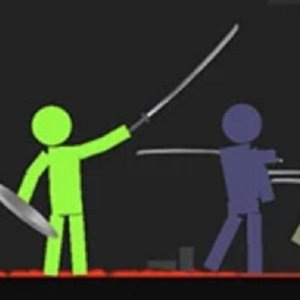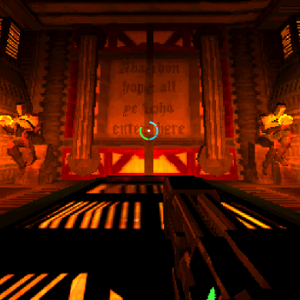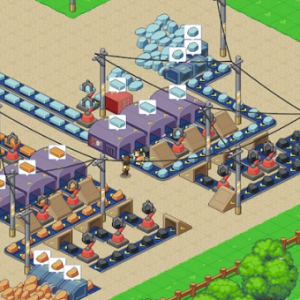Similiar games
Misery places the player in a zone affected by unstable environmental conditions and changing territorial boundaries. The world cycles through phases that alter visibility, resource availability, and movement safety. Each session begins with a minimal set of supplies, requiring players to explore carefully while monitoring threats. The map contains multiple sub-regions with different levels of danger, and progression depends on how well the player evaluates surroundings and adjusts to shifting patterns.
Core Systems And Player Tools
The game relies on an interconnected set of systems involving exploration, survival logic, and inventory planning. Players gather items, avoid hazards, and complete objectives before relocating to a safer area. Many tasks occur under time pressure due to unstable zones. Within this structure, the main categories of actions include:
- Searching abandoned locations for useful equipment
- Tracking environmental warnings and preparing for zone shifts
- Managing stamina, temperature, and other conditions
- Avoiding or confronting hostile entities
- Reaching extraction points before the next cycle begins
These actions form the basis of each run and encourage players to approach every section with a structured plan rather than random movement.
Progression And Route Planning
Progress in Misery involves both character improvement and situational awareness. Players gain access to better routes and safer strategies as they learn the map layout and emission timings. The game avoids fixed paths, meaning each session requires creating a new plan based on current conditions. Some areas contain valuable resources but require careful entry and exit timing. Others serve as transitional zones where players can reassess their route. Progress remains tied to long-term planning, risk management, and understanding how the world changes over time.
Cooperative And Solo Dynamics
Misery can be approached individually or with a group, and both modes rely on clear decision-making. In team play, members share responsibilities such as scouting, carrying supplies, and covering escape routes. Coordination improves success rates, especially during environmental shifts. Solo players handle all tasks themselves, which increases the need for route efficiency and resource conservation. Regardless of mode, the environment remains the primary factor shaping decisions, since it alters movement options and affects the difficulty of extraction.


